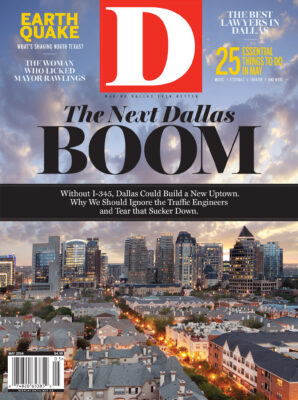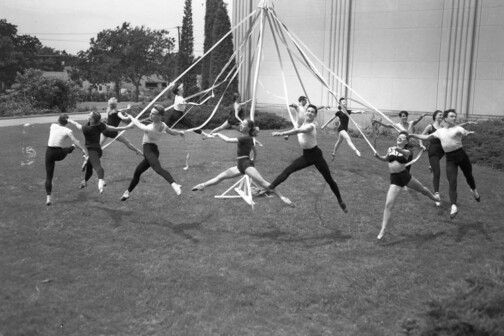
Portland
Road: Harbor Drive, a 3-mile, at-grade highway located on Portland’s riverfront
Demolition Timeline: Planning 1968-70; removed 1974
Cost:Not available
Traffic count before demolition: 25,000 cars per day

That teardown is now cited as one of the reasons for Portland’s emergence as a model of a walkable city. By 2002, property values in the area around the former highway had tripled, growing 7 percent faster than the rest of the city. During the 1980s, 298 housing units, an 84-room hotel, two restaurants, and a marina were added. Subsequent development in the 1990s added 182 townhomes, an athletic club, and 2,000 square feet of retail and restaurant space. Crime rates in the area have decreased 65 percent since 1990, versus 16 percent in the city as a whole. And the waterfront is now home to numerous annual festivals. Riverfront for People is still active, and they now have their sights on removing another highway, Interstate 5, which runs through a portion of downtown Portland.
Get the D Brief Newsletter






